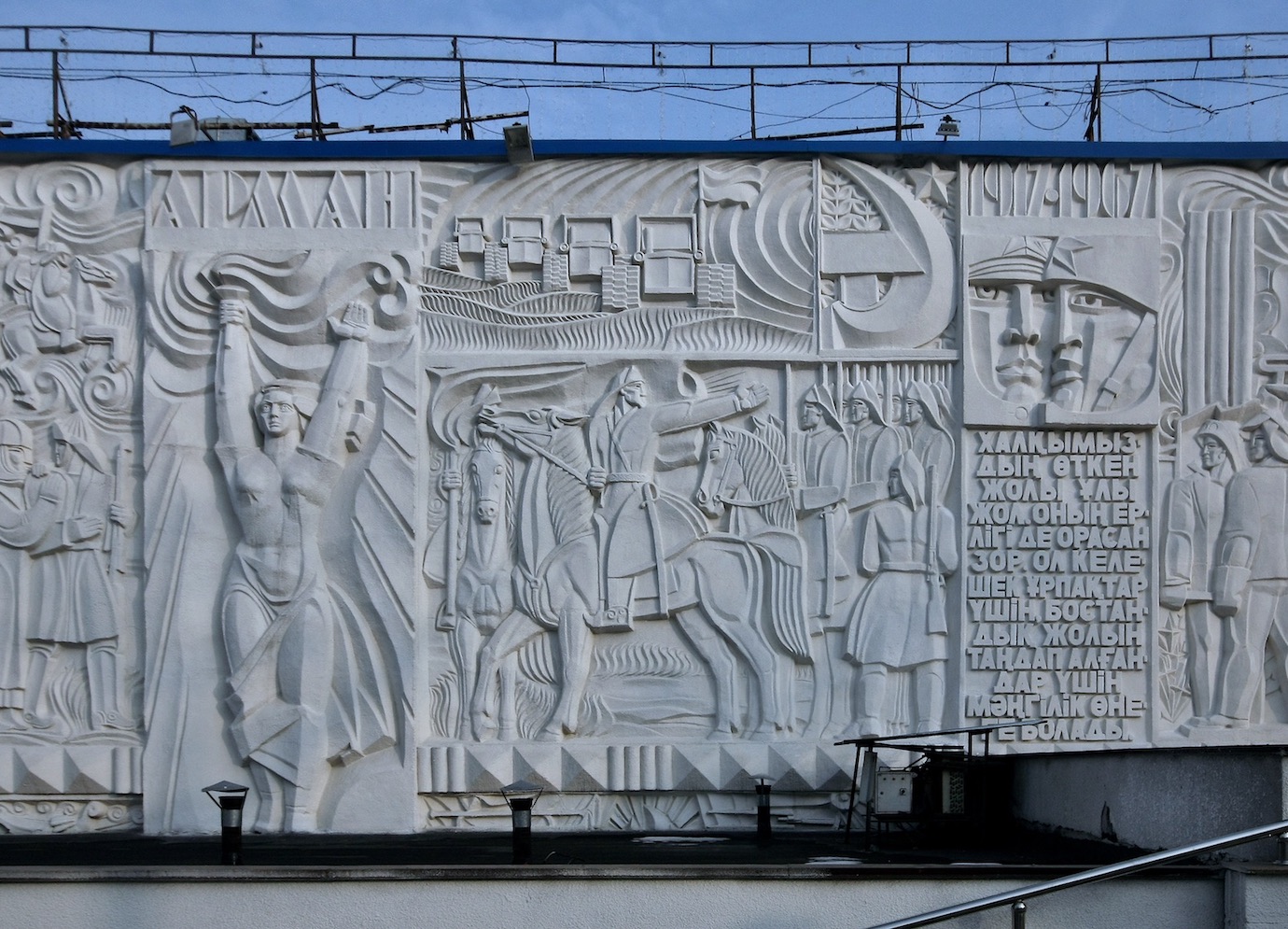Poljud Stadium: the Yugoslav-era sports venue shaped like a seashell | Concrete Ideas
Nestled in Croatia’s second largest city, the sea port of Split, Poljud Stadium’s two-arched roof was designed in the shape of a seashell. Despite being very much a landmark of Yugoslav-era architecture, the structure still carries international relevance, and remains a touchstone for those creating sports complexes today.
Designed by Croatian architect Boris Magaš, and based on the model of ancient Greek amphitheatres, the multi-purpose venue was built in 1979, in order to host the Mediterranean Games. Since the very beginning, the venue has also been home of one of Dalmatia’s most beloved football clubs, Hajduk Split.
The stadium had an original capacity of 55,000, which was increased even further to 62,000 in the 1980s. But improved health and safety regulations, as well as the installation of set seating in the 1990s, soon brought that figure down again, reducing the venue’s capacity to its current 35,000.
Today, Poljud Stadium hosts both sports competitions, and music festivals. It was refurbished to host the 2010 IAAF Continental Cup athletics in 2010, and listed as a cultural heritage site in 2015.
Image: Ballota via Wikimedia
.jpg)

.jpg)